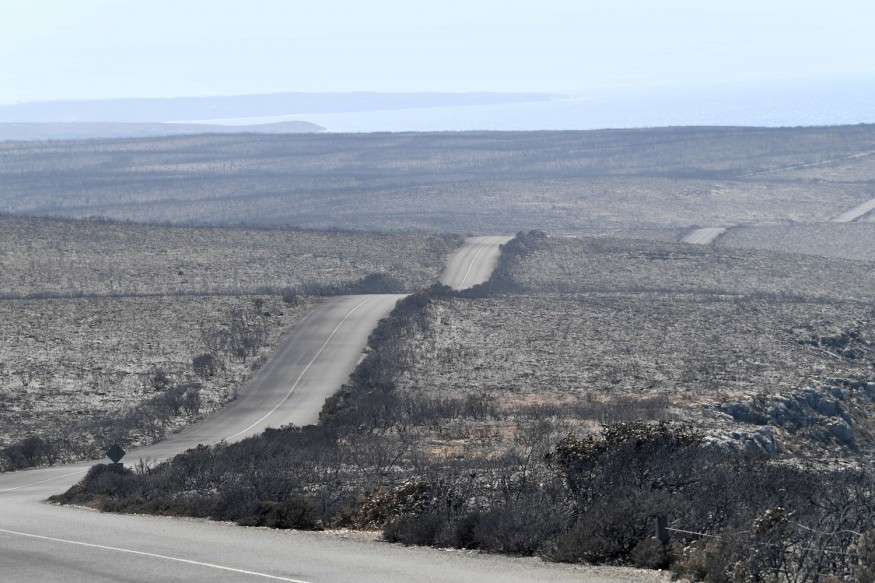
State of emergency is still in place in New South Wales as more than 100 fires continue to burn across Australia while threatening areas of Victoria and the Australia Capital Territory.
Even in areas that were not being directly laid low with ongoing fires, smoke and haze from the blazes had been causing problems and concerns from the locals.
Sydney, Canberra, and Melbourne have all persevered spells of risky smoke and haze since the fires began.
ALSO READ: Mass Evacuations Underway in Australia as Fires Endanger Towns
As the harmful air persists, Canberra reported higher tiers of pollutants inside the air on Monday than Beijing, China, and New Delhi, India.
The smoke was so thick in Melbourne that visibility turned into less than 0.40 of a kilometer (0.25 of a mile) for numerous hours.
The fires had been burning so long that smoke has traversed the Pacific Ocean with winds blowing the smoke as far away as South America.
ALSO READ: Where Exactly Did Australia's Apocalyptic Bushfires Go?
Air pollution warnings were placed in a place on Monday, and little improvement is expected into the center of the week.
Another change inside the weather may improve air exceptionally but enhance the chance of new wildfires later this week.
Firefighters might be at hazard for risky conditions as winds will build up and shift direction all at once from Friday into early Saturday.
Temperatures, along with with the increase in winds, will soar well above average across Victoria and much of New South Wales.
Colder air will sweep throughout southeastern Australia from Saturday into Sunday before warmth returns in the subsequent week again.
AUSTRALIA TO PAY 'WHATEVER IT TAKES'
The Australian government was willing to pay "whatever it takes" to help areas overcome from deadly wildfires that have ravaged the country.
On Monday, the Associated Press reported that at least 25 people passed away in wildfires across the country since October 2019. More than 2,000 properties also perished in the fire.
"The fires [continues to burn], and they might be burning for months to come," said Australia Prime Minister Scott Morrison, who pledged to increase the number of needed funds to fight the extreme fires.
The Australian government pledged an additional AU$2 billion (US$1.4 billion) on Monday to the fire restoration fund to be able to rebuild towns and infrastructure which have been destroyed, according to AP.
There became some extra useful information on Monday as the combination of cooler air and the first significant rainfall in weeks aided firefighting efforts in southeastern Australia.
Sydney residents were heard cheering after a soaking rain fell across the town on Monday As firefighter crews endured to strive to take advantage and manipulate over blazes burning west of the city.
ALSO READ: Australia Calculates Cost After Day of Fire Fury
Shane Fitzsimmons, the commissioner of the New South Wales Rural Fire Service, told reporters the rain presents some "wonderful relief" for everyone in the communities affected by these fires - including the firefighters, the emergency services personnel.
At least 135 wildfires continue to burn across New South Wales, including nearly 70 uncontained fires. The rain, according to officials, won't assure the containment of the largest, most dangerous blazes before situations deteriorate again.
© 2025 NatureWorldNews.com All rights reserved. Do not reproduce without permission.





